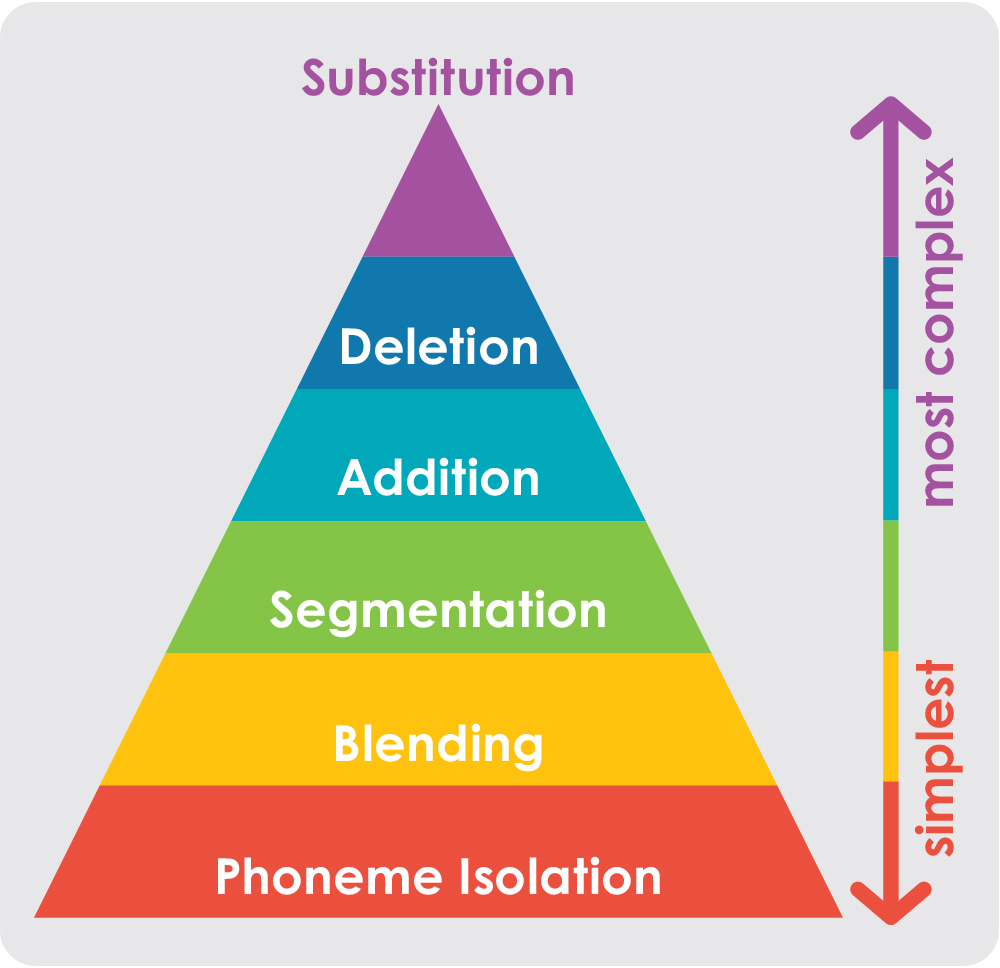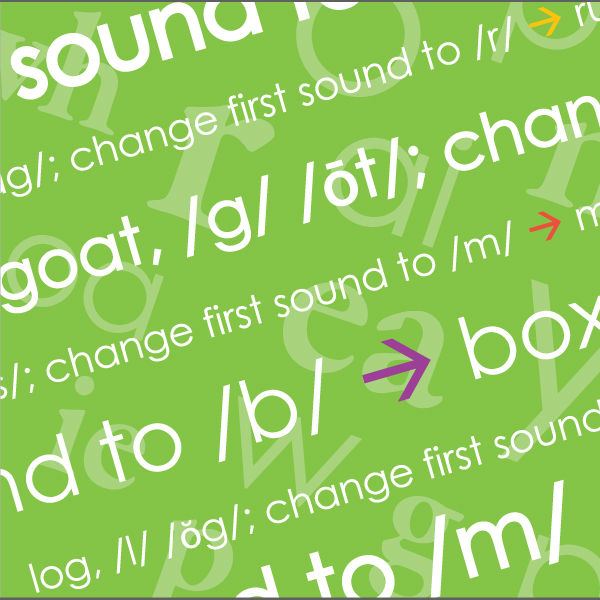Phonemic Awareness. While phonemic awareness also involves an understanding of the ways that sounds function in words, it deals with only one aspect of sound: the phoneme. A phoneme is the smallest unit of sound in a language that holds meaning. Almost all words are made up of a number of phonemes blended together. Consider the word “ball”.
Phonemic Awareness
Sequencing Phonemic Awareness Skills
Phonemic awareness is the ability to hear, identify, and manipulate individual sounds-phonemes-in spoken words. Before children learn to read print, they need to become more aware of how the sounds in words work. The teaching of phonemic awareness does not have to be a struggle; it can be as fun as it is worthwhile. Read on to more about it. Phonemic Awareness is the awareness of and ability to manipulate the individual sounds (phonemes) in spoken words (Kilpatrick, 2015). Phonemic awareness is a subset of the broader category of phonological awareness, which is one’s conscious awareness of and ability to “play with” the sound structures in oral language (Paulson & Moats, 2010).
Phonemic awareness instruction typically spans two years, kindergarten and first grade. Oral activities in kindergarten focus on simple tasks such as rhyming, matching words with beginning sounds, and blending sounds into words. In first grade, phonemic awareness tasks are more advanced, focusing on blending ('Blend these sounds together 'mmmm-aaaa-nnnn), segmentation ('What are the sounds in man?), and the substitution and manipulation of phonemes (e.g., Change the first sound in man to /r/. What word do you have?').
Phonemic Awareness Development Continuum
Examples of Phonemic Awareness Skills
- Sound and Word discrimination: What word doesn't belong with the others: 'cat', 'mat', 'bat', 'ran'? 'ran'
- Rhyming: What word rhymes with 'cat'? bat
- Syllable splitting: The onset of 'cat' is /k/, the rime is /at/
- Blending: What word is made up of the sounds /k/ /a/ /t/? 'cat'
- Phonemic segmentation: What are the sounds in 'cat'? /k/ /a/ /t/
- Phoneme deletion: What is 'cat' without the /k/? 'at'
- Phoneme manipulation: What word would you have if you changed the /t/ in cat to an /n/? 'can'


Phonemic Awareness Goals
Curriculum Maps
Phonemic awareness skills can be taught in a particular sequence that maximizes student understanding and instructional efficiency. Phonemic awareness is only taught in kindergarten and first grade. By the end of first grade, students should have a firm grasp of phonemic awareness.

Curriculum maps list specific skills that relate to each big idea. Each skill can be taught during at an optimal time during the school year.
Click here for an explanation of how to read curriculum maps.

TIP: Go to the Curriculum Maps page in the Resources section to view and download Curriculum Maps for each Big Idea and grade.
How to read curriculum maps
The numbers in the top row of the curriculum map correspond to the months of the school year. For example, if your school year begins in September, then September would be month 1 on the map. If your school year begins in August, then August would be month one.
The shaded boxes marked with 'X' represent the months in which a particular skill should be taught.
Phonemic Awareness Assessment Pdf

The map can be read using either a 'horizontal trace' or a 'vertical trace'. To do a horizontal trace, you select a skill you are interested in, then trace across the row to find the months marked with an 'X' for that skill. This will tell you which months a skill should be taught. To perform a vertical trace, select a particular month, then trace down the column to find the shaded boxes. The shaded boxes correspond to the skills that should be taught that month.
As you learn more about reading development and instruction you may come upon two terms that look quite similar: phonological awareness and phonemic awareness. While the two are often used interchangeably there are slight distinctions between them.
Phonemic Awareness Examples
Phonological Awareness
Phonological awareness is the ability to recognize that words are made up of a variety of sound units. The term encompasses a number of sound related skills necessary for a person to develop as a reader. As a child develops phonological awareness she not only comes to understand that words are made up of small sound units (phonemes). She also learns that words can be segmented into larger sound “chunks” known as syllables and each syllable begin with a sound (onset) and ends with another sound (rime).
When measuring a child’s phonological awareness look at his ability to apply several different skills. A child with strong phonological awareness should be able to recognize and use rhyme, break words into syllables, blend phonemes into syllables and words, identify the beginning and ending sounds in a syllable and see smaller words within larger words (ie. “cat” in “catalog”).
Phonemic Awareness
While phonemic awareness also involves an understanding of the ways that sounds function in words, it deals with only one aspect of sound: the phoneme. A phoneme is the smallest unit of sound in a language that holds meaning. Almost all words are made up of a number of phonemes blended together. Consider the word “ball”. It is made up of three phonemes: /b/ /aw/ /l/ . Each of its sounds affects the meaning. Take away the /b/ sound and replace it with /w/ and you have an entirely different word. Change the /aw/ for an /e/ sound and again the meaning changes.
Phonemic awareness is just one aspect of phonological awareness. While phonological awareness encompasses a child’s ability to recognize the many ways sounds function in words, phonemic awareness is only her understanding of the most minute sound units in words. Because phonemic awareness is a sub-skill under the phonological awareness “umbrella” not all of the measures for determining a reader’s skill level are applied when assessing it. A reader with strong phonemic awareness will demonstrate the ability to hear rhyme and alliteration (the repetition of the same consonant sound at the beginning of several different words used in a sentence or paragraph), find the different sound in a set of words (ie. “bat”, “ball”, “wet”) and blend and segment phonemes.
Using These Two Terms
Though there is a distinction between phonological awareness and phonemic awareness the two terms are often used interchangeably. For the most part both are used to refer to what is technically phonological awareness. The more common term used to encompass both skill sets is phonemic awareness. In most literature on reading you will see “phonemic awareness” used. Know when you see this term usually the writer is actually referring to “phonological awareness”.
